William Hermann Brenner Thornton
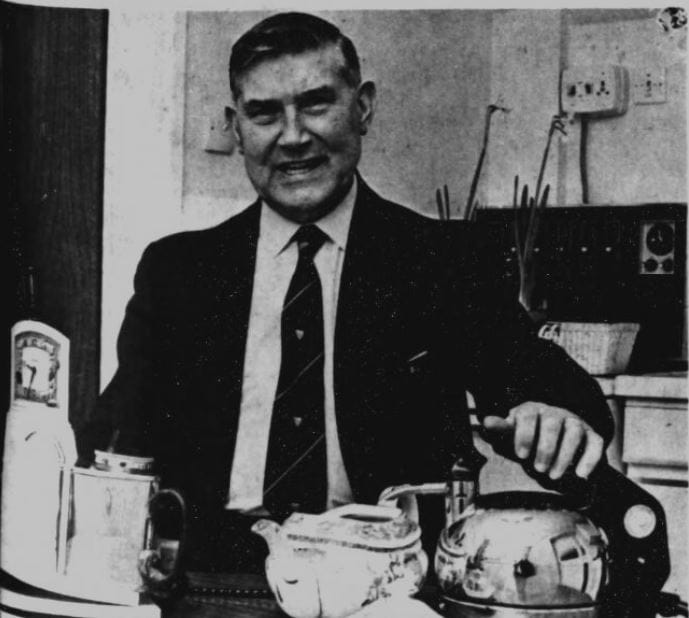

William Hermann Brenner Thornton was born William Blaney Thornton, in Brooklyn, New York, on 9th November 1899. He was the fourth of six children: Richard, Nelson, Thomas, Annie, William, and Helen. His family were English but emigrated to Canada and then moved on to America in 1894 or 1895.
William’s mother was Annie, nee Blaney, hence William’s middle name. William’s father, Richard William Stuart Thornton, had been working as a painter, then at the time of William’s birth, as a fireman’s labourer. He was later a foreman electrical engineer. Unusually for that era, in 1895 Richard’s religion was noted as agnostic.
The family returned to England some time between 1901 and 1906. Some time between 1911 and 1915 they may have fallen on hard times. Whatever happened, it precipitated two great changes in William’s life. One of these was that he changed his name. His granndaughter Susan has confirmed my hunch that he changed his name as a tribute to a sponsor, who was German. (I have only found one possible candidate, a William Herman Brenner of Atlanta Georgia. He died in the US in 1942, leaving an estate in England. I can find no documented connection as yet).
The other big change was that William Blaney Thornton joined the crew of the TS Arethusa in Greenhithe, Kent. The Arethusa was a training ship belonging to the Shaftesbury Homes, which was used to train destitute boys of good character for the Navy and Merchant Services. Boys typically joined the ships at the age of eleven or twelve and stayed until they were fifteen or sixteen. The Arethusa, built in 1849, had seen action in Crimea and was the last British ship to go into battle under sail. She took up position at Greenhithe and was officially opened on 3rd August, 1874, by the Earl of Shaftesbury and Baroness Burdett-Coutts. There is some fascinating information about training on the Arethusa here.
On March 1st 1915, William followed his older brother Thomas into the Navy (J36362). He was a short man, only 4 feet 11 inches, with a 30 inch chest. He had a fresh complexion, dark hair, and brown eyes, with a scar over his left eyebrow. He undertook shore based training on the Ganges training ship in Shotley, then in July he received further training on HMS Pembroke. He was engaged as an Ordinary Seaman on his 18th birthday, 9th November 1917, at which time he was serving on the Clematis, later named the Egmont (Clematis). Finally on August 29th 1918, he moved to Victory I. He was invalided out of the navy on January 1st 1919 due to incontinence of urine. He was awarded the Star, Victory Medal, and British War Medal for his services in the Great War.
William married Ena Grace Cole in 1930. William and Ena lived in Derwent Road, Ealing, for many years. They had two daughters, Sheila (1931) and Julia (1938). In 1932 they shared their home at 32 Derwent Road, Ealing, with Margaret Herbert, and in 1938 with Ada Lovell. These may have been housekeepers. During the 1930’s his parents lived with his younger sister Helen.
In 1932 William submitted his first patent application for a teasmade.
On January 23rd 1934 William Hermann Brenner Thornton, (on this occasion calling himself William Harry Thornton), applied for a second patent, no 432207. It was from this prototype that Goblin’s first commercial teasmade was derived. In 1938 the British Vacuum Cleaner Company (later Goblin) appeared alongside his, on a patent application.
According to family lore the Teasmade was so called because during William’s childhood, children were called in from play by their mothers shouting “Tea’s made” from their doors.
Some time before 1968 William moved to 28 Fidlers Walk, Wargrave, Berkshire. He appeared in the Reading Evening Post (with the picture above) in 1969:
We hear a lot of talk about the “brain drain” to the United States. but a Wargrave man, born in Brooklyn, New York. has made the journey in the opposite direction. He is Mr. William Thornton (above) of Fidlers Walk, Wargrave, who has been responsible for making many major inventions in the automatic tea making field including the Goblin Teasmade (left). Now he has thought up another radical idea. He has invented the automatic teamaker (right) with its own clock which can be used either as a tea maker or as kettle and he wants housewives to use it around the home not just by the bed for early morning cuppers. “At the moment. I’m having talks with various companies about my latest inventions,” said Mr. Thornton.
Reading Evening Post, on Wednesday 12 February 1969
Goblin later responded to the article:
Our attention has been drawn to a caption story which appeared an your newspaper on February 12 concerning Mr William Thornton of Wargrave. We should like to make it clear that this company purchased the patent of Mr Thornton’s teamaker some years ago which was then redesigned by Goblin and ultimately became the Goblin ‘Teasmade’. JOHN E. RUNTER Public relations officer Goblin (BVC) Ltd., Leatherhead, Surrey
Reading Evening Post – Friday 21 March 1969
Later, by at least 1974, he moved to ‘Derwent’, 1 Milton Close, Henley on Thames, Oxfordshire. He continued to apply for patents, mainly for kettles and automatic tea makers, until 1974. He donated one of his prototype teasmades to the National Science Museum.
William set up a shop called Lightwates in Hanwell, Middlesex. He later expanded with a second branch in Brentford and a third, also in Hanwell. They made a range of wooden toys and sold hardware, timber, and screws. They supplied the big London toy store Gamages, appropriately named Tee Time Toys. A 1971 advertisement for Lightwates reads “Lightwates, 198 Court House Parade (opposite Woolworths): The ‘Do-It-Yourself’ Shop of Brentford, We give Green Shield Stamps.”
William made an appearance on Blue Peter, probably in the late 1960s or 1970s. His granddaughter thinks he was rather nervous.
His granddaughter remembers him as a larger than life, jolly character, who was always singing around the house. He loved tinkering with things and showing his grandchildren what he was doing. At the end of his life he was working on a coffee maker for people who preferred coffee first thing, and she clearly remembers him showing her how the boiling water would set off a spoon containing instant coffee on a hinge, to tip into the water. (She would have been a young teenager).
William died in Henley on Thames, Oxfordshire, in 1976.

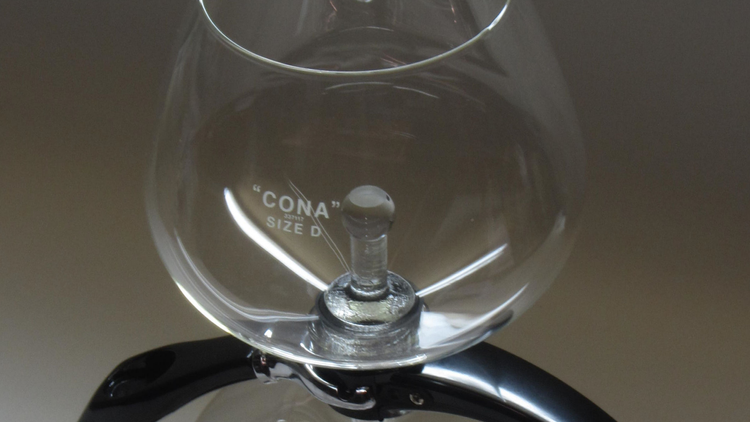
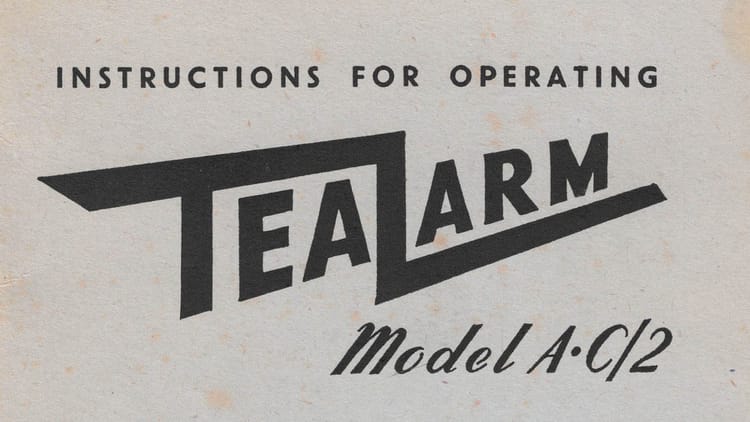
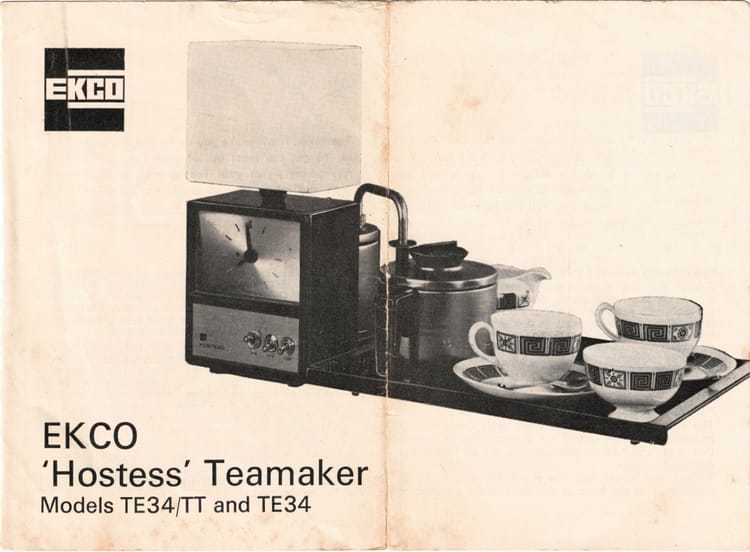
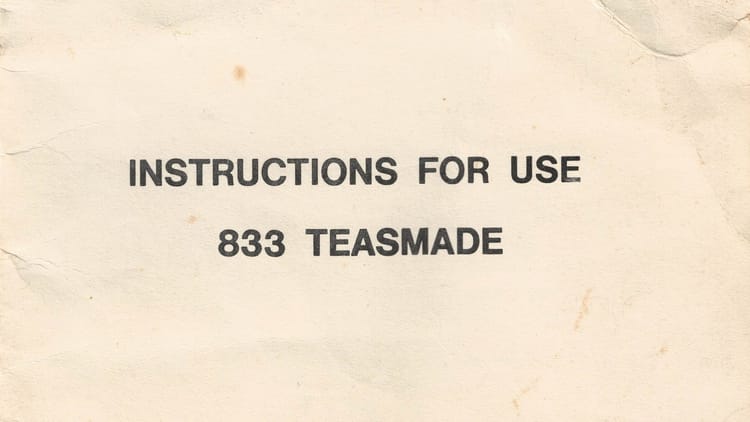

Member discussion